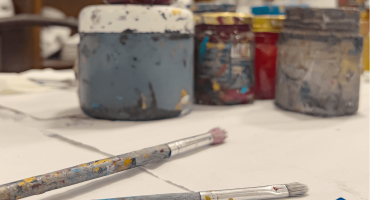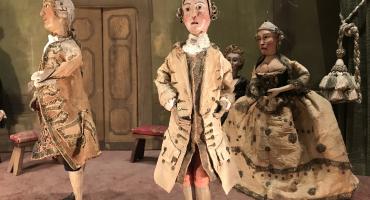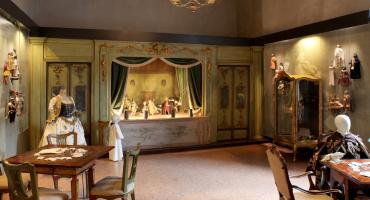In order to limit the Venetians’ overwhelming moral decay, the Serenissima Republic has been legislated many times the Carnival and controlled the use of masks and costumes.
Venetian masks’ history started in 1268, when it was ordered the oldest law limiting the use of masks: in this document it was prohibited the use of masks to those men, called mattacini, playing the “egg”, consisting in throwing rose water stuffed eggs against the ladies passing by.
Since the first years of the 14th century, the laws for stopping the Venetians’ womanizing and to limit the excessive use of masks.
It was prohibited to wear masks out of the Carnival period and in churches, as well as there were prohibited weapons and group squalls. The use of the mask was prohibited to prostitutes and to men attending to brothels, since the mask was often used to disguise one’s identity, deal dirty business or carry odd relationship.
{mosimage}Thus, masks production increased so much that, in 1773 there were 12 official masks shops in Venice, and they were still few, considering the use of masks in those years. Masks demand was such that they started a under the counter production, giving job to many people and increasing the masks production at European level.
{mosimage}In 1600 the use of masks was so overdone that, the Serenissima Republic had to issue some laws limiting the improper use of masks and some to force people to wear them during official ceremonies and public parties.
Masks indeed, were used during a great part of the year: from Saint Stephen’s day, that was the beginning of Venetian Carnival, until midnight of Mardi Gras, the last day of it. Because many Venetian nobles used to go to gamble wearing masks not to get recognize by their creditors, in 1703 masks were prohibited in all Ridotti, which was the Venetian gamble houses.
In 1776, a new law was introduced to protect the by now lost “family honour”: it prohibited women to go to the theatre without a mask, the bauta or the volto and the tabarro (the cape).
After the fall of the Serenissima Republic, the Austrian Government didn’t allow the use of masks, except for private or elite party. With the Austrian domination, Venice carnival went through a decay. Italian government was more open but this time the Venetian were suspicious: by now Venice was no more the city of the carnival, but just a little region of the Empire, with no more freedom. During the second Austrian government, masks were allowed again to be worn during Carnival.



